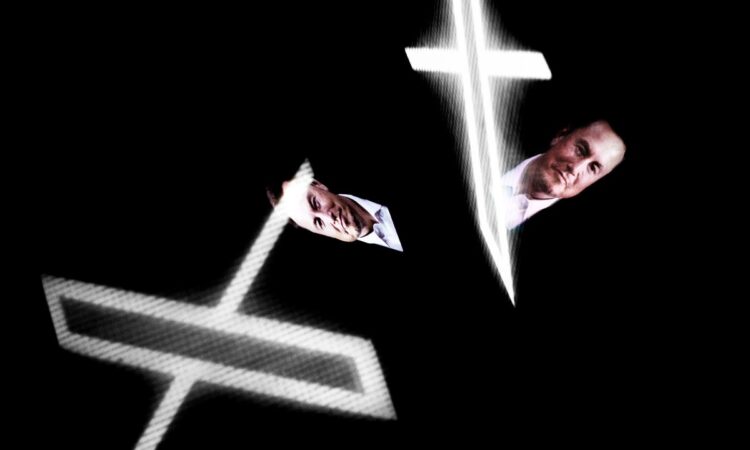
The last time Elon Musk flipped the bird at his users, it was to switch Twitter’s logo to a grinning Shiba Inu—a hilarious inside joke that pumped the value of the dogecoin cryptocurrency, in which Musk was an investor, by 30 percent. A class action is still pending.
Over the weekend, the former richest man in the world crowdsourced a logo for the platform, which by this morning had been rebranded to X. Twitter—sorry, X—CEO Linda Yaccarino tweeted—sorry, x’ed—that the company was being radically reimagined, creating a platform “centered in audio, video, messaging, payments/banking—creating a global marketplace for ideas, goods, services, and opportunities. Powered by AI.”
The new brand—which users have pointed out looks a lot like the standard unicode X—is the latest iteration of a concept that Musk has been pushing since the late 1990s. First, he tried to build an online bank at x.com until he was ousted from the company, which renamed itself PayPal after its only successful service. Since buying the x.com domain back in 2017, Musk has added to the vision: messaging, ecommerce, video, and now AI, all on a single platform.
“There’s absolutely no limit to this transformation,” Yaccarino said. “X will be the platform that can deliver, well … everything.”
It won’t be. To create a super app, X would have to build a whole new financial technology infrastructure, win over regulators by overt and diligent compliance with the rules, and earn the trust of users and advertisers that have abandoned Twitter since Musk took over.
“If you’ve got decreasing brand equity and decreasing user experience, you’re already starting three laps behind in the race,” says David Shrier, professor of practice in AI and innovation at Imperial College Business School. “This is a 23-year-old business plan that didn’t work then, and is now being implemented in a worse market position,” he says of Twitter’s rebrand to X.
The basic underpinning of any super app would be payments—allowing people to pay one another, pay businesses for goods and services, and receive money for the same. In January, Twitter started applying for licenses to process transactions in the US, in an initiative reportedly spearheaded by Esther Crawford, whose startup Squad was bought by Twitter in 2020. Crawford, who famously posted a picture of herself bedding down on the floor of the Twitter office in the early days of Musk’s tenure, was laid off in February.






